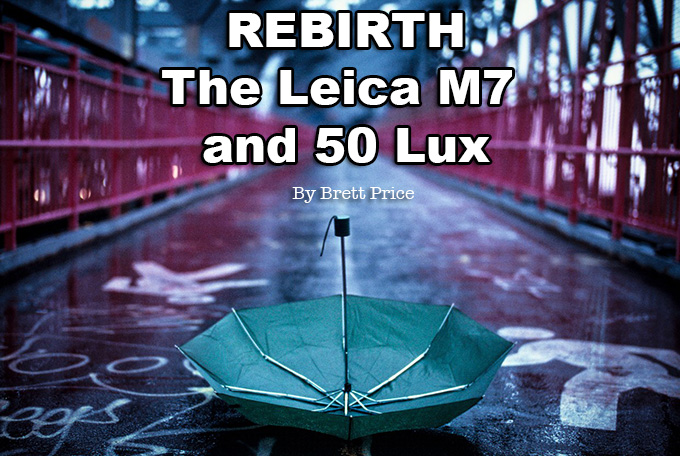
REBIRTH! The Leica M7 and 50lux. What it is like own your first “real” Leica lens by Brett Price
Hey Steve,
I’m a long time observer of your site. I love the community and following it has developed over time and I frequent the daily inspiration and user report posts for their diversity and inspiration, I thought I would write-up one of my own experiences for you.
I recently took the plunge and purchased a mint Summilux 50mm ASPH. This is no small amount of cash for myself and I consider the purchase somewhat of a sacrifice, it’s really the most I’ve ever spent on a lens by more than 3x. I have a wonderful and supportive girlfriend, of whom many of these photos are of, who actually encouraged (shocker) me to buy it. While I wasn’t completely new to Leica, this would be my first legitimate Leica-made lens and I was adamant about it being a good one, something I could keep forever and never feel the need to “level up” so to speak.
I had previously been using a Zeiss Zm Sonnar 50 f1.5 and (not to bash your review of it) been, except for a few shots here and there, pretty unhappy with the results. I found it to be soft wide open, inaccurate (focus shift) and therefore not dependable. I almost completely stopped shooting 35mm because the results from it were, in my opinion, not up to par with what I was used to seeing. I shoot a great deal of medium and large format and due to the softness of the lens as well as the difficulty it can be to scan 35mm and get it sharp, I just never jived with it. This led me to all but abandon shooting 35mm, something I hated. I started with that format, I’ve seen people get results from it that were jaw-dropping, but my personal experience with it was always disappointing. I even considered at one point to sell my M7 and give up 35mm all together, I had plenty of great medium format cameras that gave me great results and were wonderful to use. After all that would pocket me around 3k, a good amount of money that could go many other things I had my eyes on.
I don’t know what inspired me to want to own a Summilux, but I set my sights on it, sold a few things (including the ZM 50) and took the plunge. Part of me was a little worried that even with the most perfect Leica lens, I would still have disappointing results and that 35mm was dead to me. I COULD NOT HAVE BEEN MORE WRONG! I understand the sentiment that gear isn’t everything, a lot of people are perfectly content shooting a holga and get great results from it, but I equate it to this: A lot of cars get you from point A to point B, but nobody forgets driving in a Ferrari or Lamborghini, it’s an experience, that’s how I feel now shooting with this setup. I decided that if I wasn’t able to get results with this Ferrari of a camera setup, it wasn’t the gear, it was me.
I also had the perfect timing with this purchase. I visited my girlfriend in NYC (actually having the lens shipped to her for fear that it wouldn’t make it in time) and spent a whole week getting to shoot in that beautiful city. I brought a Mamiya 6 with me for medium format but ended up only shooting the Leica, that is how much I absolutely fell in love with shooting with this setup. I didn’t fell the need to shoot on anything else, it was the perfect camera for my trip and I was so nice not to have to fumble around with switching cameras and setups. 1 camera, 1 lens, all you really need right?
Since then I couldn’t be shooting more 35mm. I’m a changed man. I love it. It’s truly a sentiment to how great this lens is. I carry the M7 and the 50lux with me everywhere I go. I have a Nikon d800 that I use for professional work (I NEVER use it for personal, I can’t stand carrying that beast of a camera around) that I’m selling and I recently got a new job that will get me some spare change. I already backordered the M 240 from B&H after seeing some of your stuff from it and the 50lux, I feel like its going to be the perfect setup for me to shoot digitally, I can’t wait for it to be in my hands.
Just a bit of info for all the gear-o-philes out there on these shots. All were taken with M7 with the 50lux.
-The top color shots are Velvia and Provia 400x. (home developed with the tetenal e6 kit).
-Mid color shots were Portra 160 and 400 films, developed and scanned by Filmbox Lab here in Nashville, TN. (they do great work!)
-The B&W shots were Kodak Tri-x home developed and pushed 1-2 stops in Rodinal 1:50 dilution.
-All were scanned by a Plustek 7600i scanner.
Hope you enjoy them. I try to regularly post to my tumblr if you would like to see more. Brettprice.tumblr.com.
Thank you Steve for creating a site where someone can write a post like this and some people who might care about it can get a chance to read and learn and grow from the experiences and photos we all take! Cheers!
Brett Price

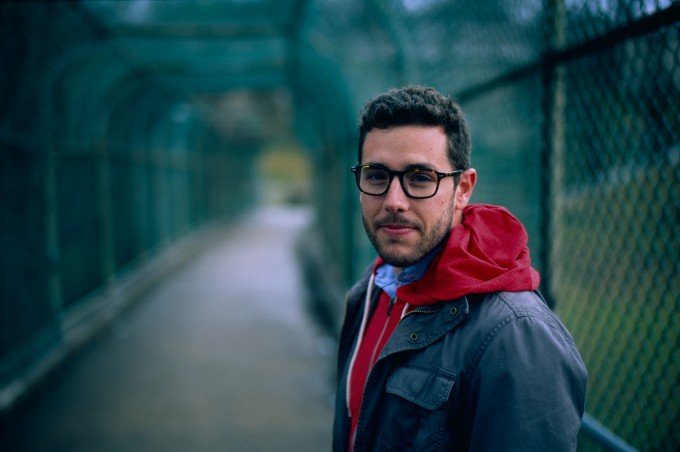
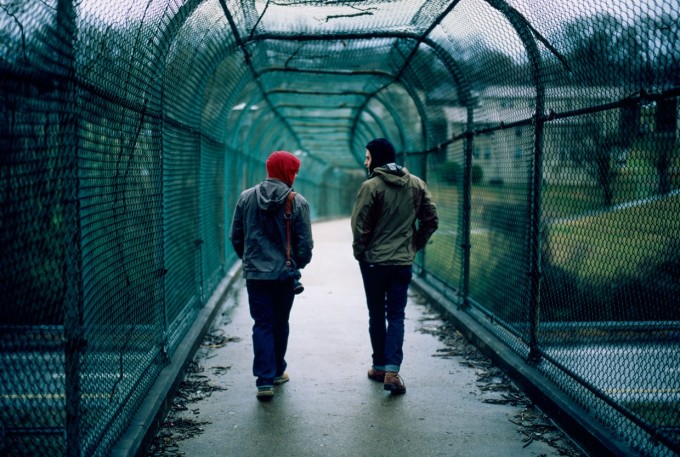
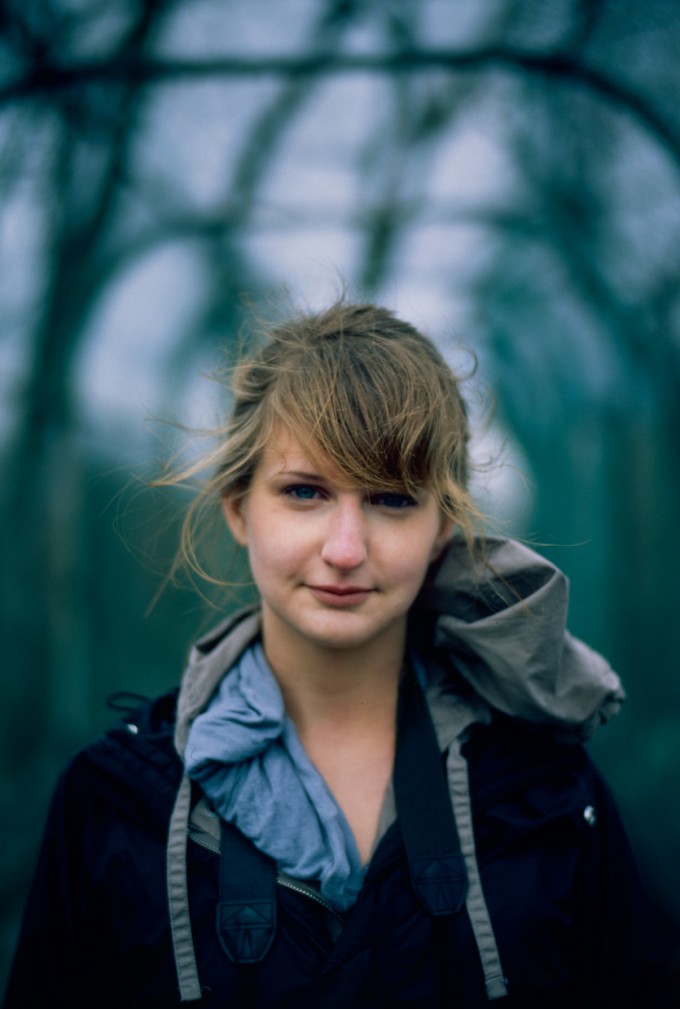
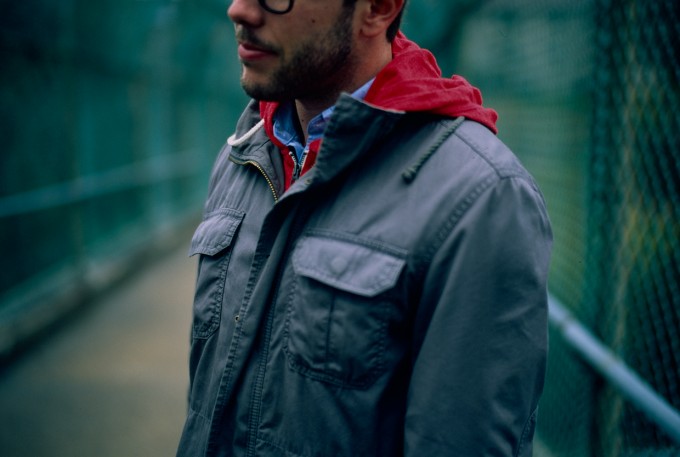
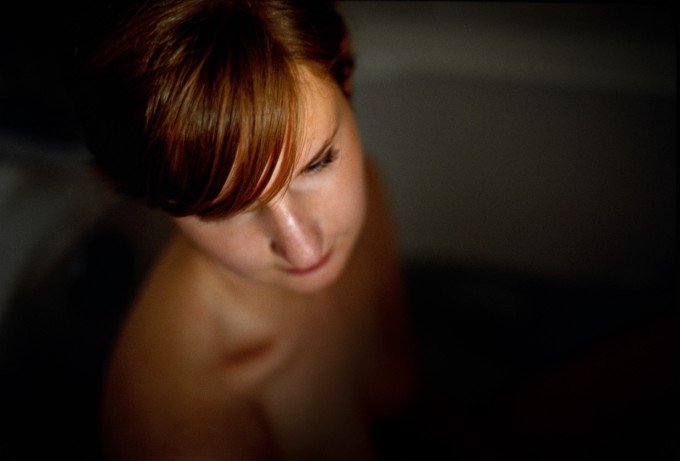
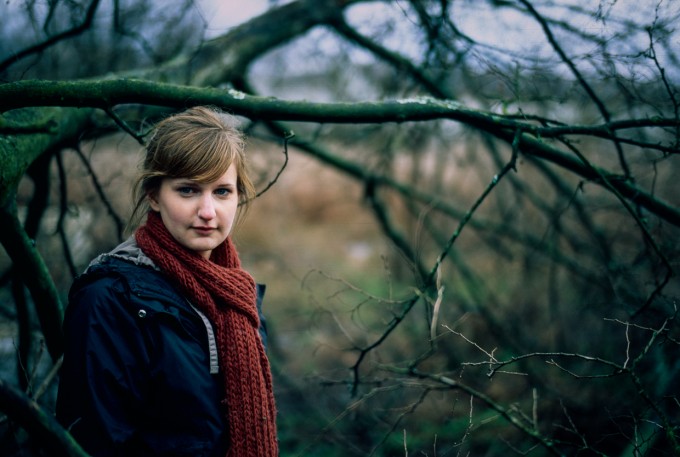
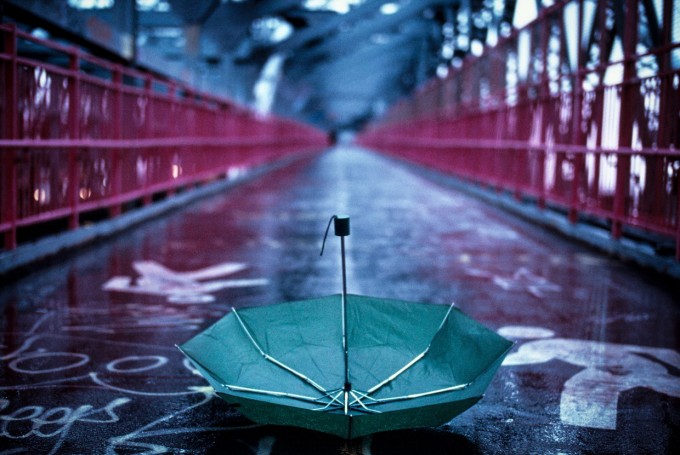
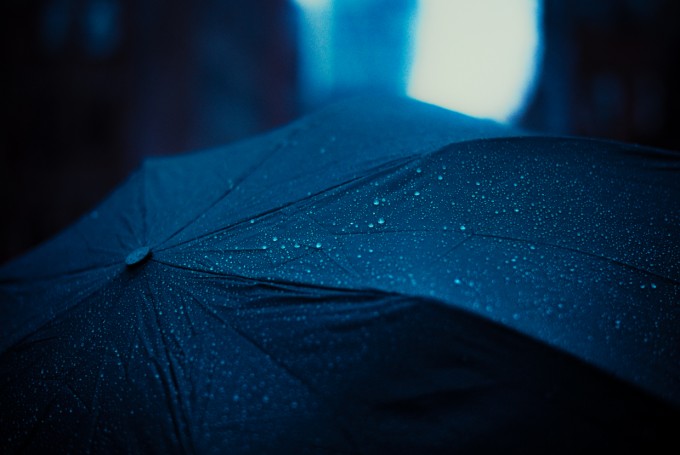
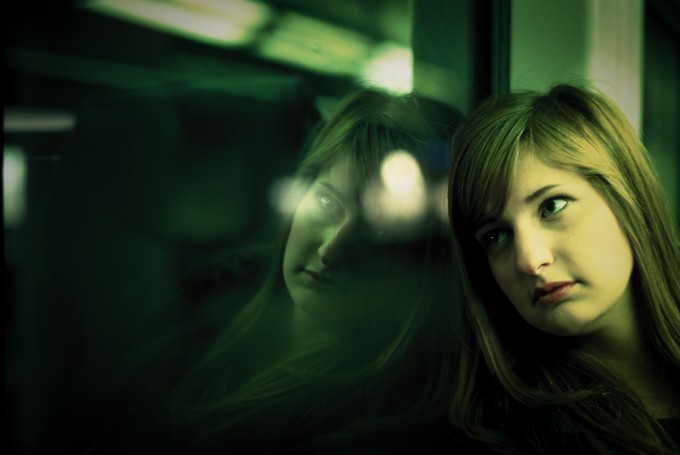
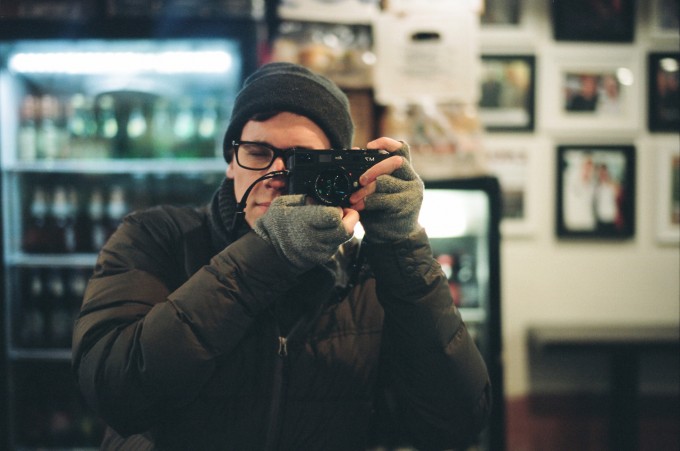
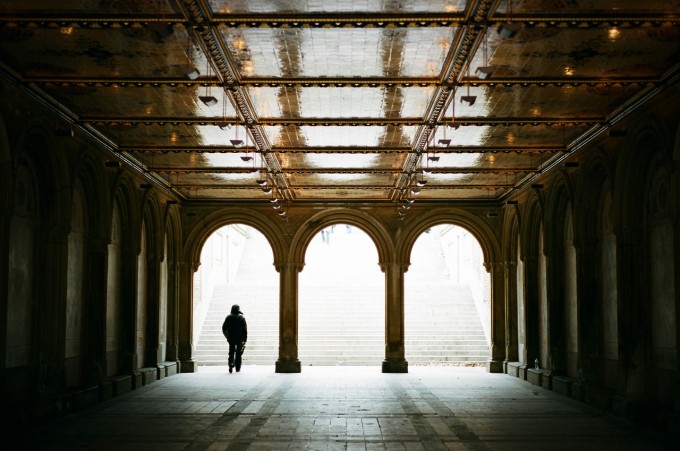
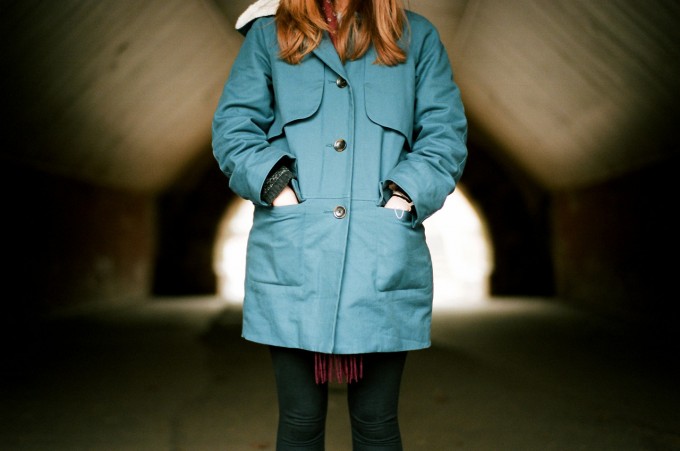
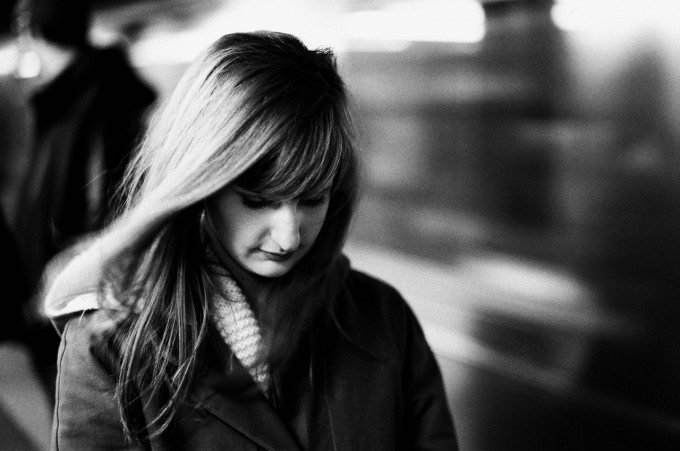
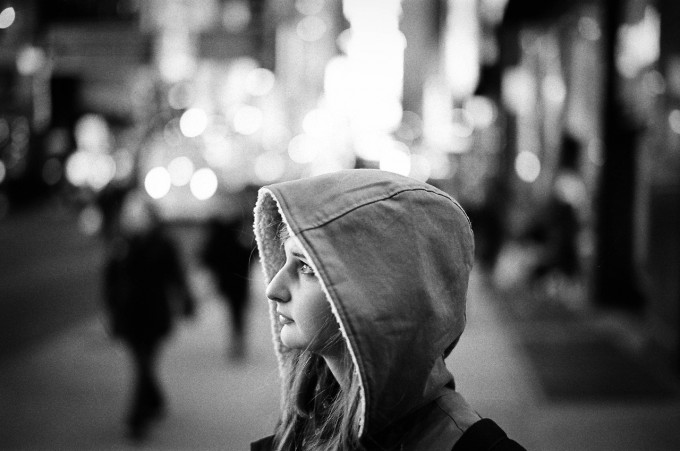
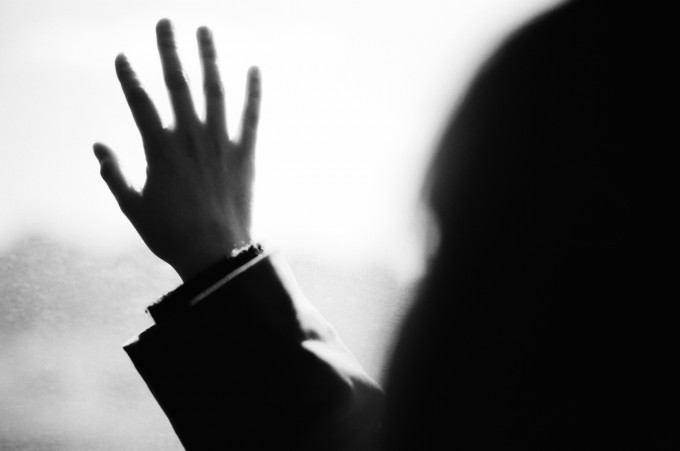
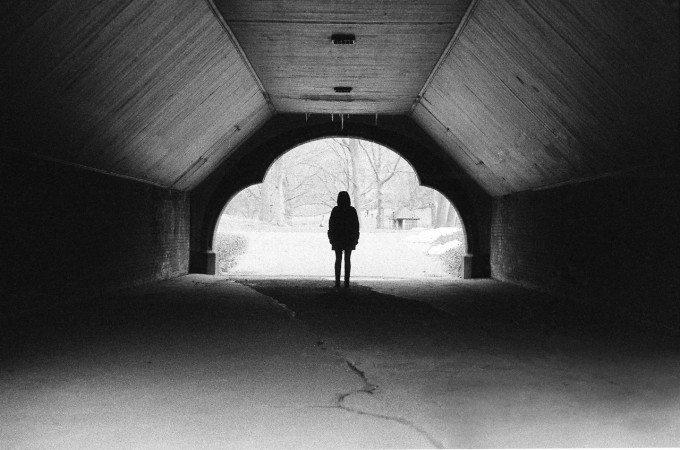
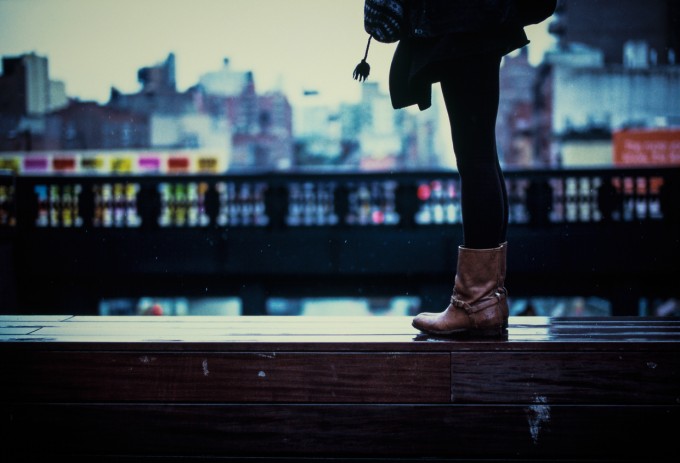


beautiful. question: say you had a choice between a 50 1.4 or a m6 and a 28 2.0 to go on a new monochrome and you could get either or. not both. what do you do?
i love film color, eventhough i don’t shoot film. I love to emulate film color by VSCO packs
“Truth is, there is no such thing as “right exposure” or “sharp picture” or “correct saturation”. All characteristics of an image from capture to post-processing are controlled and manipulated by the discerning photographer to achieve a desired aesthetic result.”
To further illustrate my previous comment. The picture of the female in the subway whose reflection is captured on the glass is greenish in color. Technically, this could indicate the white balance or processing wasn’t set correctly to remove the greenish tinge. Does this mean the picture is somehow wrong?
What if the photographer\author\creator of the image _intended_ to leave the green in the final image? What does the greenish tinge convey that a more neutral white balance does not?
omg, i reallly lovee your pictures! and i began to in love with Leica..
Learn to focus.
These are in focus. But thanks.
Some readers might be used to a highly processed, sharpness enhanced image and judge everything else to be sub-par unless the image displayed the same characteristics.
Truth is, there is no such thing as “right exposure” or “sharp picture” or “correct saturation”. All characteristics of an image from capture to post-processing are controlled and manipulated by the discerning photographer to achieve a desired aesthetic result.
For the photographer who aspires to a level of artistry beyond mere gear-headedness, this means presenting an image which evokes an emotion in the viewer. Far too many judge a an image solely on its superficial technical merits without considering the image’s subtext.
Thanks for sharing. Its a nice series. Love the light, color tones and mood.
Fantastic photography. The look you get from film rocks.
Great shots! The ones with the umbrella are amazing!
Wonderful colors. I still miss this smoothness and creaminess in the digital world.
Stunning photos. I am particularly drawn to the photo of your girlfriend reflected in the subway glass. It is strange, we have all seen countless photos like this but there is something about this one which just punches me in the stomach. It looks edgy and hypnotic. I am fixed onto gaze in the reflection but the shapes of color obfuscates the concreteness of the moment. Beautiful.
umbrella on the bridge is wonderful
Gorgeous stuff. Wow. Glad I have this combo but I’ve got to get to work on subject material. 😉
Ditto. Great work. Love the atmosphere of your photos. Thanks for sharing.
Cheers- Ted
Brett,
Love the photos, and your blog…I’ll certainly be checking back regularly. Fantastic and inspiring work!
All the best,
M.
http://iftimestoodstill.net
Love the photos, Brett. Congrats on your new lens.
I agree with Huss, in that the Zeiss Sonnar requires practice. And, frankly, it’s hard to practice shooting film because you can’t immediately review what you just did. Yes, of course, you can write down exactly what you did on what frame – but that’s a pain and probably why you didn’t do it. It took me less than an hour to find my focus offsets on my M9 and I rarely miss a shot, shooting film on my Ikon or digitally on the M9.
Your Lux is, obviously, a great great lens. But the Sonnar’s pretty sweet, as well.
Some nice stuff here.
Film is still not dead and has its own signature.
Brett, that is an inspiring story and same goes for this set of photos. I’m curious to find out if you will still put in the extra effort to use film assuming the M240 delivers everything you need, but in a digital Leica package. Hope you send us an update. Good luck!
Hi Brett,
I really like the colors. Just wondering how do you scan, i.e. which sw and scanner settings? I use vuescan and raw-scans, but never get colors right, so I stopped shooting color film.
Wich scanner do you use? The software bundled with my Epson is just great, I use it for both 35mm and medium format, check here:
http://andreacosta.zenfolio.com/p353348121/h56ac600a#h56ac600a
Thanks for the answer, Andrea (onomastic brother ;-)), but looking at you scans, they show exactly what I mean. No insult intended, but the colors look utterly odd. Compare them with Brett’s and see the difference, don’t you?
Understood, I can assure you that they were the original color, it’s late in the day and yes, the scene took a strange light… 😀
I use silverfast and the plustek 7600i. I shoot mainly black and white and slide film so color calibration isn’t something I have to fuss with often. it can be hard to get right.
Great 🙂 Film is a luxury, like enjoying a gourmet meal after eating days of eating fast food and the camera/lens combo is hard to beat at times too. Thanks
Beautiful images, even if I think that the vignetting and softness of the lens distract very much from the strenght of the scenes ( I’m more of a Zeiss guy overall 😛 ), but to everyone its own…
Congratulations!
Brett actually added the softness and vignetting as part of his vision as to what the images should be.
And they are great.
I have the 50Lux, and it is crazy sharp as was my (recently departed) Planar 50 (which is a sweet lens). All these lenses are as sharp as one can want them to be. But sometimes pin sharp and perfectly exposed pictures make for a lack luster image.
FYI I even have to occasionally soften the images from my 1952 Summicron 50mm V1! While not as clinical as modern lenses, there are many times when it is still ‘too good’!
It is for that reason that I added to everyone its own, me myself use an old Pentacon srl lens for my b/w images and its vertainly not on par with modern lenses as far as sharpness is concerned but it is just like I like… and again, the mood of Brett photos is very interesting altogheter!
A very refreshing post. A great lens, film and photographer creating a look that deserves a second look. A nice departure from the digital stuff that can just blend into the next post and so on.
Thank you.
But this IS “digital stuff”: it’s film which has been scanned.
We’re not looking at chemical prints on physical paper: all these pics “..were scanned by a Plustek 7600i scanner”. And we’re looking at them on a computer screen. The pics have the appearance of film, because they were shot on film, but now they’re digital.
So why not cut out the middleman, and shoot – slightly underexposed, and with preferred colour adjustment – digitally?
..Which is exactly what Brett’s going to do, he says ..see his last paragraph just before the final explanatory bits:
“I already backordered the M 240 from B&H after seeing some of your stuff from it and the 50lux, I feel like its going to be the perfect setup for me to shoot digitally, I can’t wait for it to be in my hands.”
So Brett is now going to shoot digitally with this lens.
What Brett’s showing us here is his enthusiasm for the lens. Which he’s now going to put on a digital camera.
well said david , agree 🙂
It’s the source that’s important David,…..as long as the digital conversion is of good quality and is not intrusive the source will retain its vitality.
A cello doesn’t become a digital instrument because you listen to it on a CD.
The “source”, for a photograph, is light.
The “digital conversion” may be done by scanning a film, or by using a digital sensor inside a camera.
As you say: “..as long as the digital conversion is of good quality and is not intrusive the source will retain its vitality”. So as long as the scanner – or the camera’s sensor – is “of good quality and is not intrusive”, then what does it matter whether you shoot onto a piece of film or onto a sensor?
(As several people have relentlessly pointed out – not here, but in LFI magazine for example – film is digital capture: a grain of silver nitrate is either affected by light and converted to silver or is not; the several layers within the film emulsion give an analogue impression ..and, conversely, “digital” capture with a CCD or CMOS sensor is analogue, as the pixel “wells” may be filled, or not, by any amount or dearth of light, but then the content of those wells is processed digitally.)
So is film the “one, true medium” for light capture, and image creation, or should we all be going back to messy, chemical Daguerrotypes?
And what happens if you take a picture of a Daguerrotype with a digital camera to enlarge it, or to make a paper print of it? Does that somehow spoil – and be less valid an image than – the original picture?
Who cares – and why? – what the original capture method was?
“..as long as the digital conversion is of good quality and is not intrusive the source will retain its vitality”.
Amen.
So as long as the scanner – or the camera’s sensor – is “of good quality and is not intrusive”, then what does it matter whether you shoot onto a piece of film or onto a sensor?
If you really see no difference between film and digital your one of the least observant photographers I’ve come across,on the other hand if your saying that a scanned frame of film looks the same as a digital exposure then possibly you’ve never seen a good ,high quality scan where every grain of silver is clearly resolved.
You seem to be on a crusade in support of digital which is fine and ,one day, I’d be delighted to join you,but only when it has character,when it has its own self,it’s own original look(by this I mean without the use of some film style software or somesuch)that I enjoy as much as tri-x.
I should say that I’m trying hard to win a monochrom so I’m not immune to the pull of this camera……there is still hope of a conversion! 🙂
I think you need to refine, or express better, what you mean, Neil, when you write, about film: “..when it has character,when it has its own self,it’s own original look … that I enjoy as much as tri-x”.
But d’you mean Tri-X developed in Promicrol, or in D-76, or Acutol, or Neofin, or Microphen, or whatever developer, (ID-11?) and at what dilution, and with what agitation, and at what temperature? All these things affect what the result looks like, as – I’m sure – you must know.
Tri-X on its own is just a film (or an emulsion) – to get a picture from it it must be developed, and some kinds of development produce a finer-grain result, with plenty of intermediate greys, and others produce a more ‘stark’, contrasty, larger-gain, more pronounced ‘granular’ result.
It’s like saying “I like pictures taken by the light of a 60w lightbulb” ..but a 60w bulb at at what distance? ..and just a bare bulb, or in a reflector? ..a frosted bulb, or a clear bulb? They all give different results.
You’re attributing qualities (which you don’t explain) to a particular kind of film ..but what you’re referring to is the result of film-plus-a-particular-kind-of-development. But you don’t explain what you’re seeing, you simply say that I, David, am “..one of the least observant photographers I’ve come across”.
But, what is it that YOU observe in Tri-X-(plus-whatever-development) pictures, Neil? Is it the graininess you like, or the reduced range of finely-distributed greys (which you’d otherwise get with, say, Ilford Pan F at ISO 50 developed in Perceptol)?
If you like Pan F and Perceptol, then you’d surely like results from the M Monochrome – but the Monochrome’s results look – to me, anyway! – completely different from the usually-accepted ‘harshness’ of high speed Tri-X ..but what do I know – as one of the least observant photographers you’ve come across?
(In the sixties and seventies the usually contrasty ‘look’ of Tri-X was often called “soot & whitewash”, especially if shot with contrasty Olympus OM lenses compared, with the ‘gentler’ and less contrasty (but finely detailed results from) Nikkor and Minolta lenses.)
But I if you enjoy a grainy, and perhaps contrasty, ‘look’ from Tri-X, I can’t understand why on earth you’d want a Monochrome! Especially as you say that you’d want to use a digital camera “..only when it has character,when it has its own self,it’s own original look(by this I mean without the use of some film style software or somesuch)”.
But you won’t get a contrasty, granular Tri-X look from a Monochrome “without the use of some film style software or somesuch”.
Out of the camera, Monochrome files are what you might call ‘soft’ and ‘dull’, with very little contrast – or ‘grain’ – at all. You do have to put Monochrome files through ‘digital development’ to get something which looks like the original scene in front of the lens when the shooting.
So on the one hand, Neil, you don’t say exactly what it is that you do like about pictures shot with Tri-X (and what kind of development you prefer) ..but I guess that you like some grain and contrast.
Then on the other hand you say “..I’m trying hard to win a monochrom so I’m not immune to the pull of this camera..” but the Monochrom gives the softest and least contrasty, and finest-‘grained’, black-&-white pictures I’ve ever seen, which inevitably DO need extensive adjustment in software to give anything like Tri-X results!
You’re sending out mixed signals, Neil: you appear to like contrasty, grainy b&w pictures, but you’re trying hard to win a Monochrome which will give exactly the opposite kind of results.. and which WILL need “some film style software or somesuch” just as much as a roll of Tri-X needs chemical development!
(You can’t just pull a roll of Tri-X out of the camera, hold it up to the light and see pictures ..and nor can you just browse the SD card from a Monochrome and see gorgeous images: those will need development just like Tri-X needs development.)
So what do you really mean, or really want, Neil? I’d be grateful if you’d actually explain, because without that I can’t understand – for I am, of course “one of the least observant photographers” you’ve ever come across..
Yours, David.
I read the first half dozen lines ,got bored and gave up,so what I want is to find the off switch ,…….there it is……… Click.
David,
While I understand your point I don’t understand the need for the argument. It seems highly irrelevant and pointless to argue the fact that these photos are actually digital photos. While yes technically you are right, the medium for which they were originally captured was film, and while my article was directed towards the lens primarily I think you fail to understand that it was combination that was what allowed me to achieve these images. I will shoot both when I receive the M240. There is a difference between the image you get from film and digital. They are both useful tools for the photographic eye in different ways.
Brett
What if you take a digital image of a sculpture and display it digitally? It may not be the same as being there but if it’s a good image, you can still appreciate the nuances that went into crafting the sculpture of another object.
With a digitally scanned negative, the negative is the sculpture. We can still appreciate the tones and feel that the film captured; especially if it has been faithfully copied into a digital medium.
Of course, you could cut out the middle man, do the original capture in digital and attempt to emulate the look of the film, and maybe even be quite successful.
…but it would still only be an emulation.
Do you find that you have to spend a “lot” of extra time carefully focusing … and thus perhaps lose some spontaneity with your subjects? I personally like to shoot “off the cuff” when shooting human interest, which is of course pretty much impossible even with the Canon 1.2 lenses that I’ve used. If not off the cuff, I’m at least shooting quickly, trying to grab those moments … beautiful work though!
Only when I have the spare moment to get critical focus do I spend the actual time making sure the iris is spot on in the rangefinder. otherwise I walked the streets and was able to shoot with it casually as well. Thank you!
Brett
Nice work. I really like your compositions. Especially the ones that don’t include the whole person. I don’t see that often and think you’ve really made it work. I also really like nr 5. Thanks for sharing.
Very calming and real photos. Thanks so much for sharing.
I too have an M7. I use 24mm f2.8, 35mm f1.4 and 90mm f2.0 APO, Leica. My digital camera is my secondary camera. It is a Fuji X-Pro 1, get why got the Fuji. Only flim looks like flim. If you like mirrorless cameras, you are a Leica kind of guy. The Leica Ms are the orgin of mirrorless cameras. Brett do you like your scanner. I have a old Nikon 9000ed Super Coolscan. My fear is it will break down and that mabe the end. Lovely photos. Thanks for sharing.
Fantastic set of images! They have a natural painted beauty that sooth the soul.
Great images, love the tones. Somebody please try kodak portra 800… greatest film.
It’s crazy that I started reading this article while scanning some 35mm and thinking some of the same thoughts about the format. I suppose I will get the 35mm gear I really want (Bessa R4M and a 21mm f/4) instead of being as cheap as possible. Don’t get me wrong my compositions are not to terrible, my lens is just not that predictable. Thanks a bunch for the article it’s what I needed.
Great photos. Bucket load of atmosphere. The 50 Lux is what you’d call a gem. My favourite by a country mile. The combination of sharpness and beautiful OOF areas is something to behold. Personally I think it’s the best lens I’ve ever owned. I use to own the Canon 85 1.2 and still own the 50 1.2. The Lux licks them both
Great shots. I’m using a Leica M3 along with my M-E (M9). There is just ‘something’ about film.
I think the issue you had with the Zeiss Sonnar 1.5 is that a lot of trial and error is needed to find out where it actually focusses wide open. This is no problem using a digital camera, as you instantly can see the results, but with film this can be laborious and expensive.
Beautiful images and yes in these digital days the film M’s are often overlooked but that is the heritage of Leica not to be forgotten.
OK, I have to find a way to take a film camera on my next trip. Hmm… Need to get some Portra 400 too.
Great shots Brett.
Amazing shots! Although I’m not a big fan of the overall dark tonality on some of the shots but the mood and colors are undeniably beautiful.
Nice photos Brett. Film format is certainly a good change from the digital images we see most of the time. These certainly seem more dense and “full” and love the deepness of those colours.
I have the M6 and 50lux…..default colour film now the Portra 160 and 400….very hard to beat imo…
These are textured, gorgeous photos. The tonality is superb. Thanks for sharing.
Great colors and a very familiar story. I have sold all other lens, 50 lux is my mate for life.
Beautiful tones and colours. Love the way the lens has given a dreamy quality to your images. Now this is what film actually looks like. And it shows that sharpness is overrated. Thanks for posting.
Fantastic stuff!! I have a M6 with the 50 lux asph. One fine piece of kit!!
Although I have to say that any lens with the Leica label on it a “real” Leica lens and delivers the goods : )
Hey Brett,
Awesome images, beautiful colour and mood to them all. I can relate to a lot of what you’ve said, I also came close to abandoning 35mm but for different reasons, scanners……
Anyway, looks like you’ve found a perfect setup for you with this combo, enjoy.
Cheers, Jason